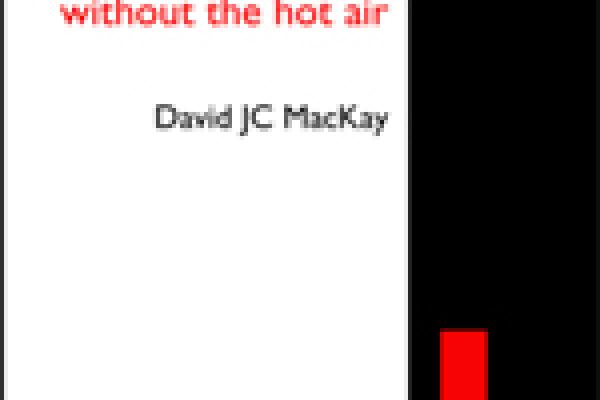
Content about “ book review
”

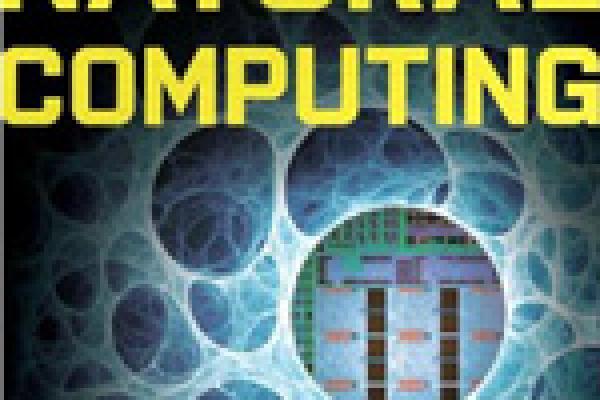
'Natural computing'
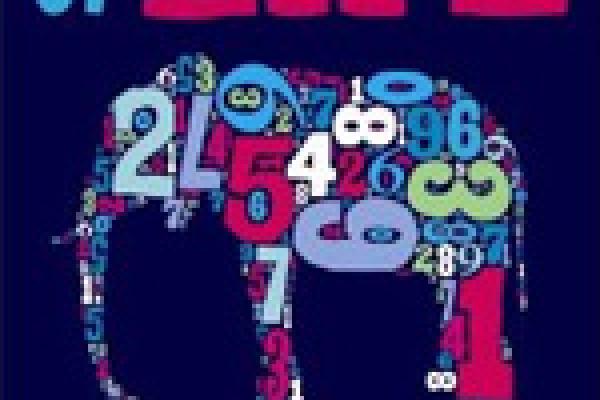
'Mathematics of life'
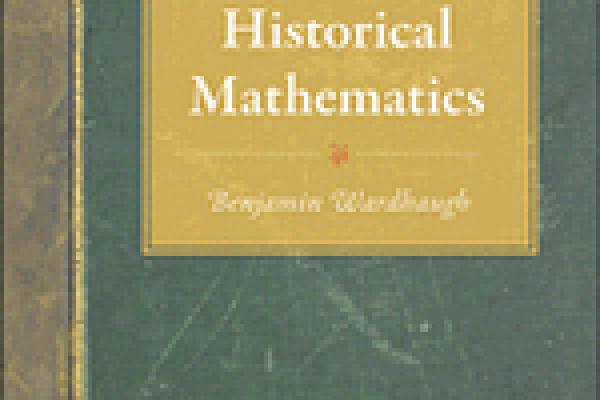
'How to read historical mathematics'
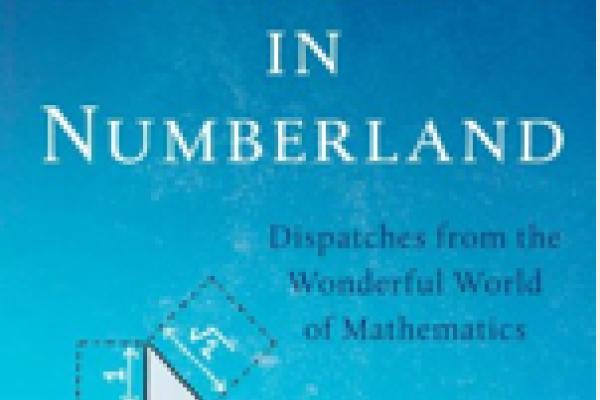
'Alex's adventures in numberland'

'Maths 1001'
This book is a mixture between an encyclopedia and a collection of intriguing ideas. In some sense, it's a plain English encyclopedia of maths, embellished with some examples for entertainment. So whether you're trying to get at the "true" meaning of something textbooks only define using passionless symbols, or are looking for a little diversion before going to sleep, this book can give you both.
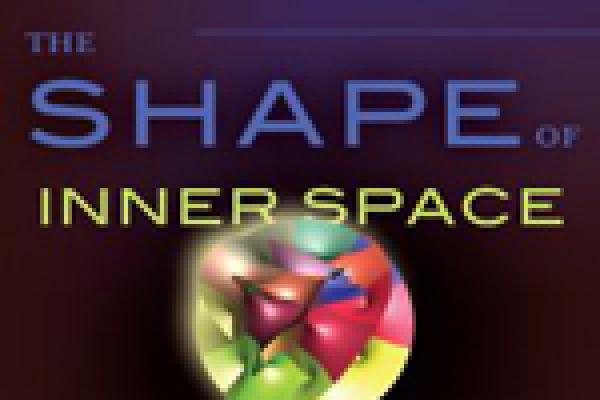
'The shape of inner space'
This book tells the fascinating story of strange geometric objects that have achieved some fame outside of maths and even inspired a Woody Allen joke: they're called Calabi-Yau manifolds. When Plus recently interviewed one of its authors he was adamant that maths should be brought to the masses without dumbing down or glossing over the tricky parts. And this is just what this books sets out to achieve.
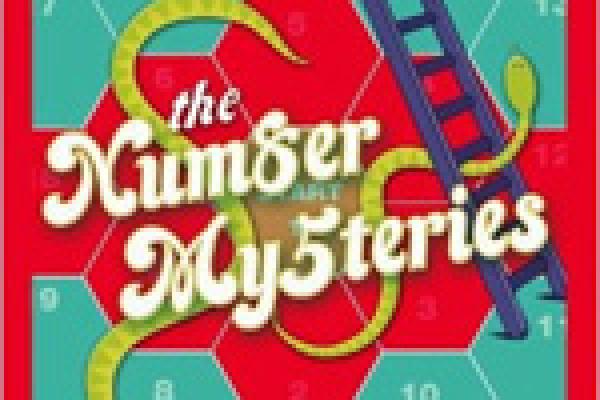
'The Num8er My5teries'
The sense of going on a journey with a brilliant and entertaining companion, of feeling like you are never sure why the conversation is veering in this new direction, yet being confident that there is a good reason for it, is the strongest sense which I got from this lovely new book by Marcus du Sautoy.

'Maths for mums and dads'

'The Earth moves'
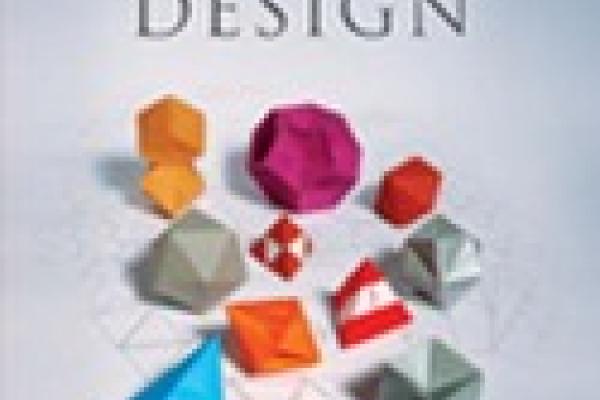
'Origami Polyhedra Design'
